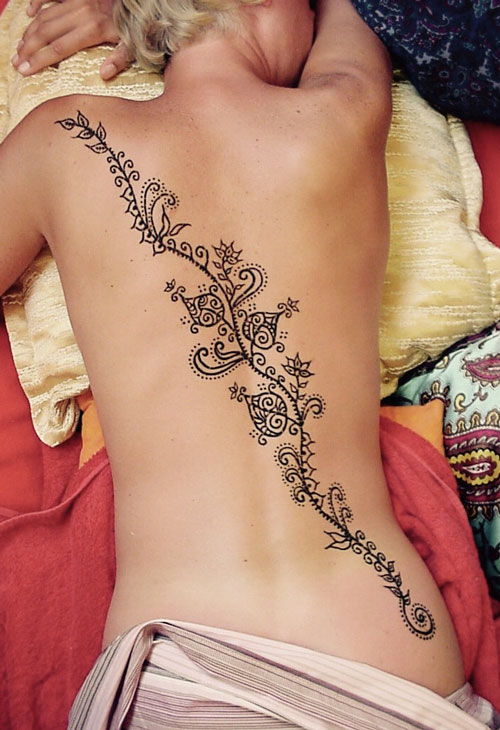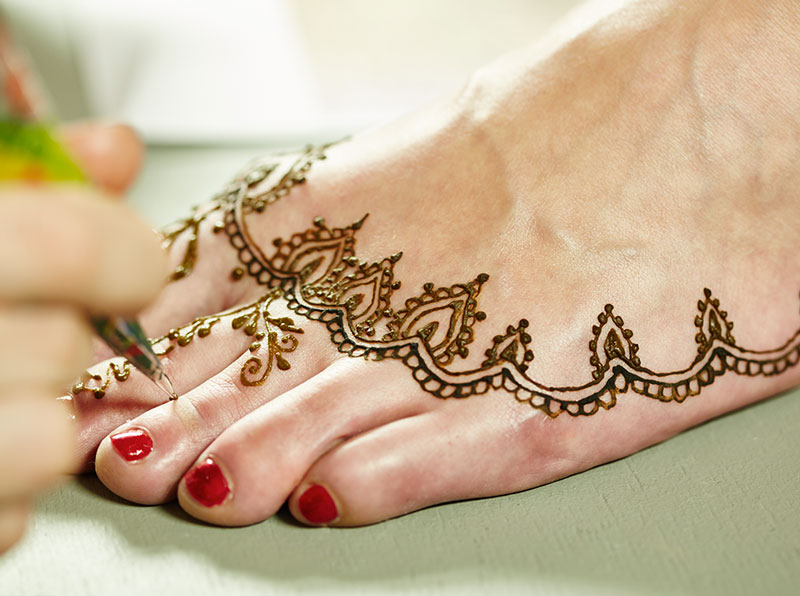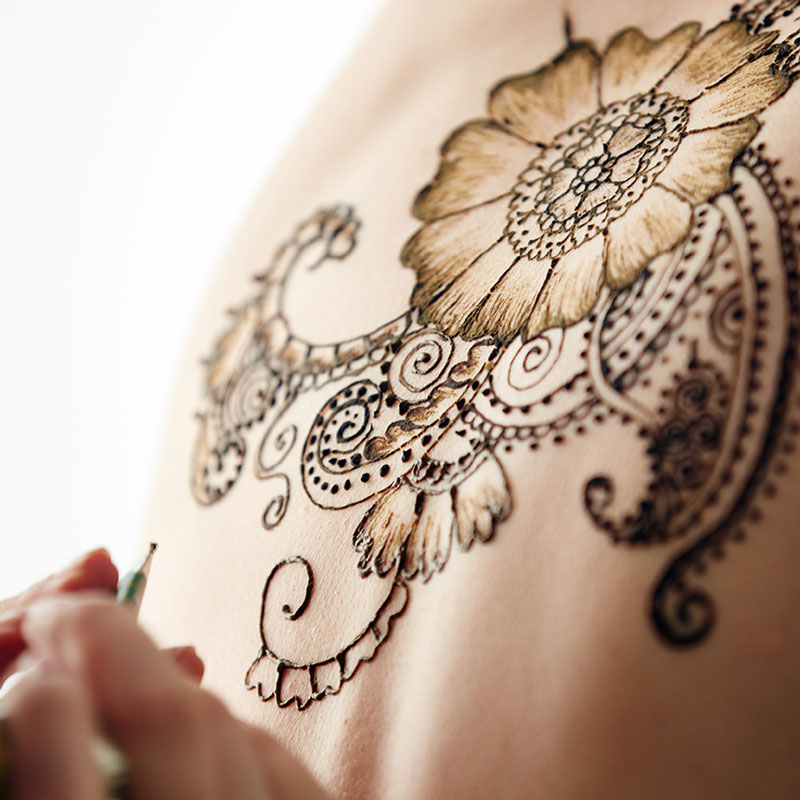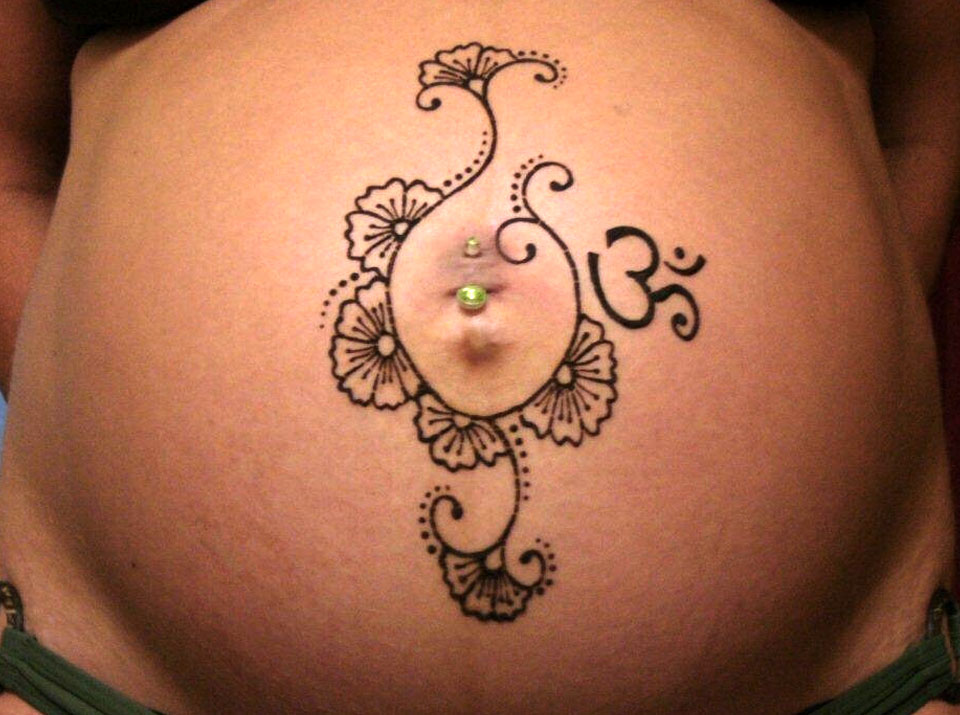Henna as Body Art
Auspicious Henna
In India, North Africa, South East Asia and the Middle East henna is thought to bring good fortune and happiness to those who wear it.
Henna designs are traditionally worn for celebrations and other auspicious occasions, such as weddings, pregnancy and birth ceremonies and religious festivals.
Traditional Patterns
A wide range of patterns and styles are used - feminine swirls, intricate lacework, bold geometric and symbols of protection are just some of these. Many traditional designs are taken from nature. Depending on the particular region, they may consist of flowers, leafy vines, birds and animals as well as the sun, moon and stars.
Henna Body Art
Henna Body Art Kits, Henna Powder, Essential Oils and Henna Body Art Supplies can all be found on our online Henna Body Art Catalogue.
Henna Body Art FAQ
How Is It Done?
The henna paste is applied to the skin using a squeeze-type applicator - it looks a lot like cake-decorating! As it dries, the skin absorbs the henna dye. The paste is removed when it is completely dry, leaving the henna stain on your skin.
What Colour Will It Be?
Natural henna ALWAYS takes 48 hours to reach its full colour. It begins as an orange stain then deepens to a reddish-brown colour due to the oxidization process. Henna products which claim to give you other colours are NOT completely pure. They contain additives (often chemicals) and can be very harmful to your skin.
How Long Will It Last?
Depending on size and detail of the design it will take anywhere from 5 minutes to a couple of hours to apply. Make the most of it and enjoy the time to relax!
You will need to leave the henna paste on for at least ONE HOUR until it has completely dried, being careful not to smudge it.
Does It Hurt?
Absolutely NOT! It’s a pleasant and relaxing experience which feels a lot like being painted. For some, the hardest part of receiving a henna design is the need to sit still for a while.
Sometimes your skin will feel slightly cool where the paste is applied, this is because the henna draws your surrounding body heat into the paste as it dries.
Is It Safe?
Henna has been safely used around the world for thousands of years. Allergies are very rare - less than one in a million people are allergic to pure henna and any possible reactions are mild.
It is important to ensure that any other ingredients that are included when preparing henna paste are harmless to the skin.
Beware Of ‘Black’ Henna!
Natural henna does NOT dye the skin black. If a product is called ‘BLACK HENNA’ something has been added to the henna to make it turn black. Unfortunately, in recent years, it has been known for a chemical called para-phenylenediamine (PPD) to be added to henna paste to produce a long-lasting black stain on the skin.
This must be avoided in all circumstances as PPD is toxic and the more often it is used, the more chance of reaction. It can cause skin blisters and scarring as well as sickness and liver damage.




